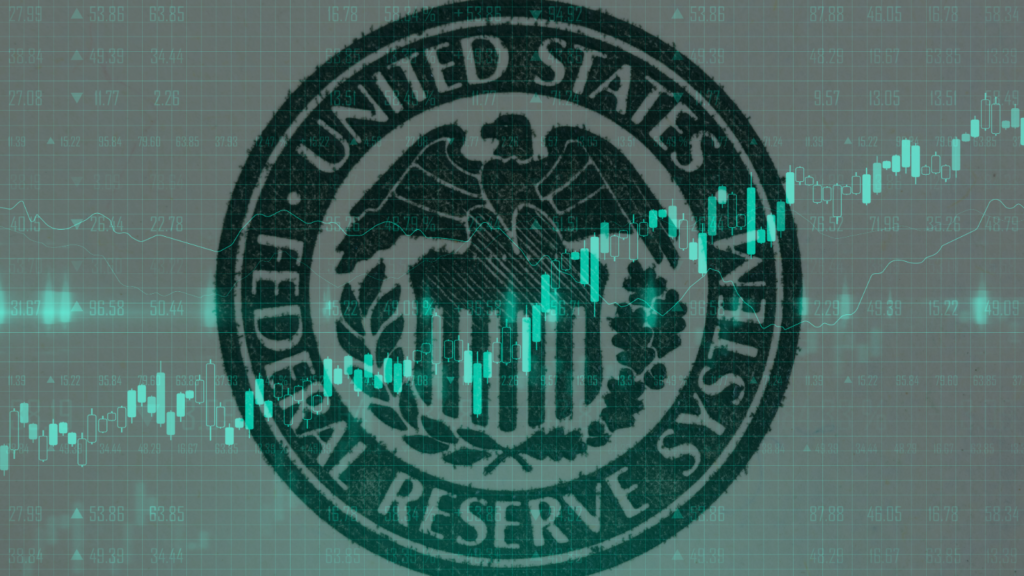Fed Holds Steady, But Stocks Could Surge on Summer Rate Cuts
“Pressure will build on the Fed to prioritize the full-employment side of its dual mandate”
To cut or not to cut; that is the question. And yesterday, to many folks’ chagrin, the Federal Reserve decided not to cut and hold interest rates steady instead.
By now, you’ve probably read a handful of takes on the central bank’s most recent meeting. Most saw it as a “snooze fest.” The Fed didn’t hike or cut rates. And at the post-meeting press conference, Fed Board Chair Jerome Powell played his cards close to his chest, not giving much insight as to what the central bank will do next. He simply emphasized that the Fed remains in “wait-and-see” mode.
How boring.
Or maybe not…
While many saw yesterday’s Fed meeting as a nonevent, we still believe it was the start of a sneaky summer rally – one that could power AI stocks to new heights by July…
Why the Fed ‘Snooze Fest’ Speaks Volumes: June Rate Cuts Are Still on the Table
Our bullishness isn’t inspired by what the Fed did yesterday. Rather, it’s all about what it didn’t do.
The Federal Reserve didn’t shut the door to a June rate cut.
During yesterday’s press conference, the theme of Powell’s message was “wait and see.” He and his fellow Fed members see rising risks to both of the central bank’s mandates – full employment and stable prices. So, the board wants to wait and see how labor and inflation risks evolve over the next few months before making a call on interest rates.
Makes sense.
But reading between the lines of that messaging, the implication is that if the economic data shifts more strongly toward labor market risks and away from inflation risks, then the Fed will cut interest rates.
That is exactly what should happen over the next month – before the Fed’s next meeting in the middle of June.
The Federal Reserve is worried that tariffs will cause reinflation. But the data shows that’s just not happening.
Tariffs started in earnest in March, followed by “Liberation Day” levies in early April. In other words, we’re now one to two months into the “tariff era”; and yet, there’s no reinflation.
The overall U.S inflation – as measured by the Consumer Price Index – was 2.8% in February, before any tariffs hit. And according to the Cleveland Fed, it dropped to 2.4% in March and 2.3% in April. Here in May, it is running at 2.4%.
It seems that inflation in the “tariff era” has stabilized right around the Fed’s 2% target – meaning that tariff-induced reinflation fears are likely overstated.
The more CPI reports we get that show stable inflation, the more the Fed will perceive inflation risks as abating.
Soft Inflation + Weak Jobs Data: The Fed’s Mandates Are About to Collide
Next week, we’ll receive April’s CPI report, which is expected to show stable inflation. Then on June 11, we’ll get CPI data for May.
The Fed doesn’t meet again until June 17. So, between now and the Fed’s next meeting, we should get two soft inflation reports that reflect fully baked-in tariff effects. Such soft data should convince the Fed that inflation risks are meaningfully abating.
At the same time, we will likely also get a bunch of soft labor market data.
Jobless claims have been spiking over the past few weeks, and continuing unemployment filings are now running at their highest level since 2021. Given the weakness we’re hearing about in consumer spending and travel, it seems likely that the labor market continues to crack going into summer, led by hiring weakness or even layoffs in the leisure, travel, and retail sectors.
Those effects should be reflected in May’s jobs report, due in early June (before the Fed’s next meeting). And we expect that data will be quite awful…
The team over at Bloomberg Economics had this to say about the next jobs report – and we agree:
Looking ahead, we expect May’s nonfarm-payrolls report to be very weak. The three sectors that drive hiring in a typical May – leisure and hospitality, trade and transportation, and construction – are all positioned to underperform. High interest rates will likely weigh on construction momentum, tourism flows are depressed, and the Liberation Day tariffs will greatly disrupt freight activity… we think the May payroll report will be significantly weaker [than April] – and pressure will build on the Fed to prioritize the full-employment side of its dual mandate.
That last line gets to the broader point we are trying to make here.
The Federal Reserve has made clear that it will follow the data. And it seems likely that the data will evolve dramatically over the next few weeks.
Prepare for When the Federal Reserve Sparks a Summer Surge
Our ongoing analysis indicates that inflation risks should ease, while labor risks spike. If that happens, the data will be inarguable, and the Fed will be compelled to cut rates at its June meeting.
And when we get those rate cuts, it could be off to the races for the stock market – especially high-growth AI stocks.
That’s why we are walking away from yesterday’s Fed meeting feeling so bullish on stocks going into summer.
With the door open to cuts and the economic dominoes poised to fall, yesterday marked the start of a “sneaky” summer rally in stocks.
And we have the perfect tool to help you potentially maximize profits in this summer rally – and beyond.
Each month, Auspex – our latest and greatest stock-picking algorithm – analyzes thousands of stocks, searching for those with only the best fundamental, technical, and sentimental setups. That way, we can identify only the best stocks in the market at any given time – and help you get positioned before they go on to rise over the next 30 days.
We’re confident this powerful tool will help us find some of the biggest market winners this summer.
Learn more about this next-gen screener and how it can help prepare you for the coming summer surge.
On the date of publication, Luke Lango did not have (either directly or indirectly) any positions in the securities mentioned in this article.
Questions or comments about this issue? Drop us a line at langofeedback@investorplace.com.






